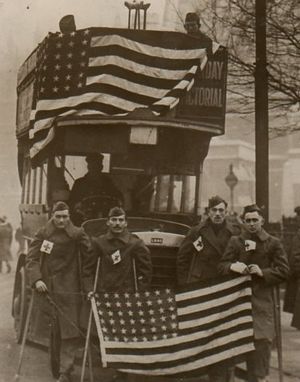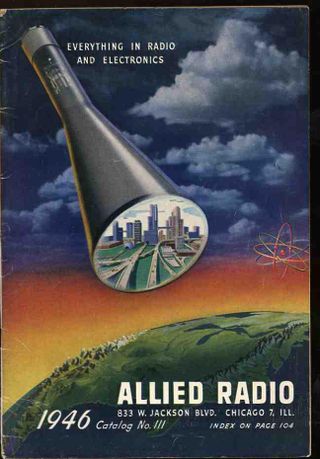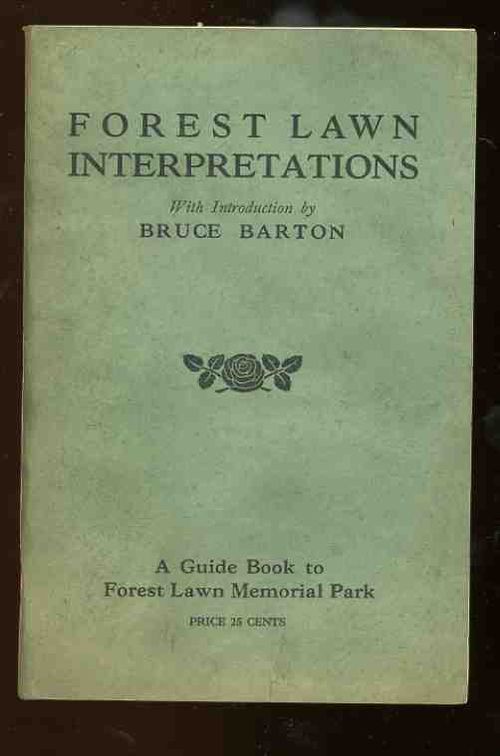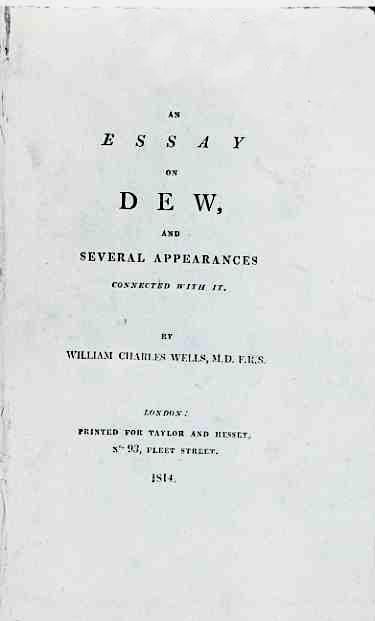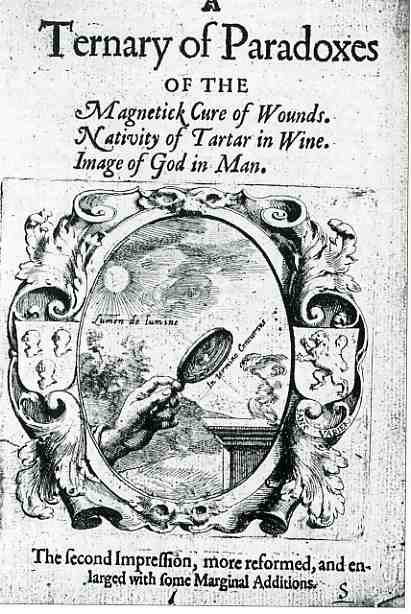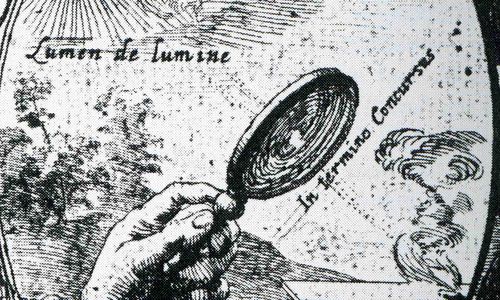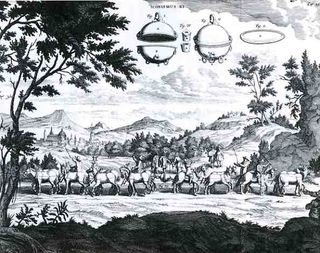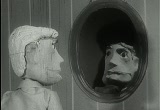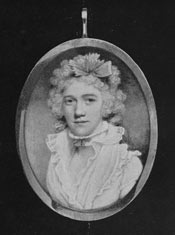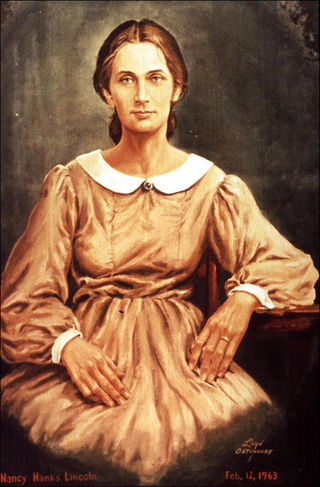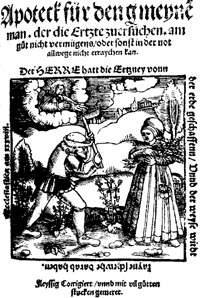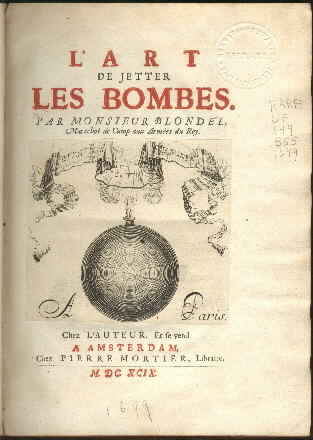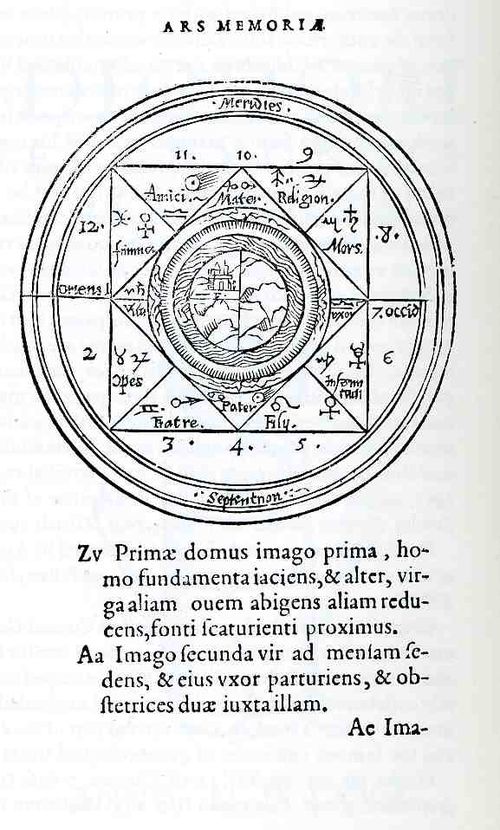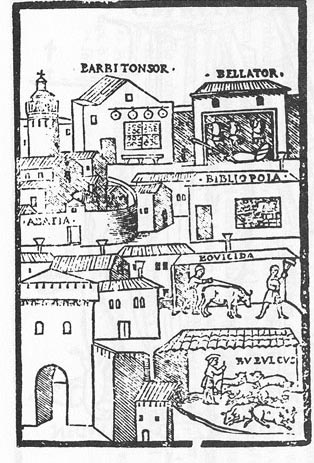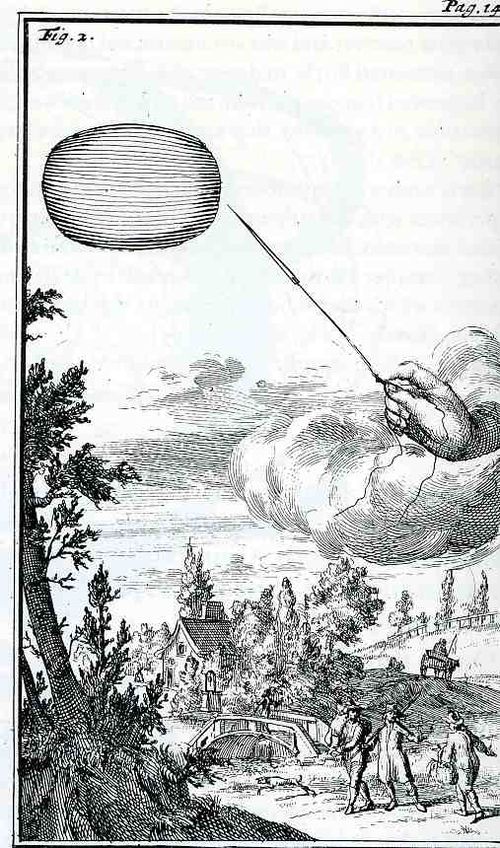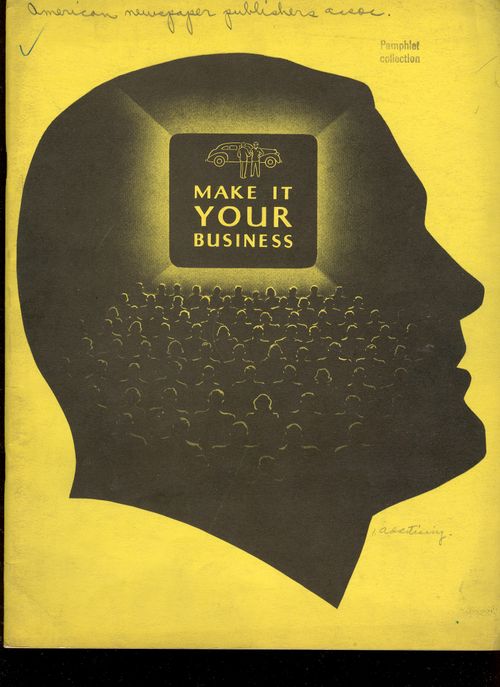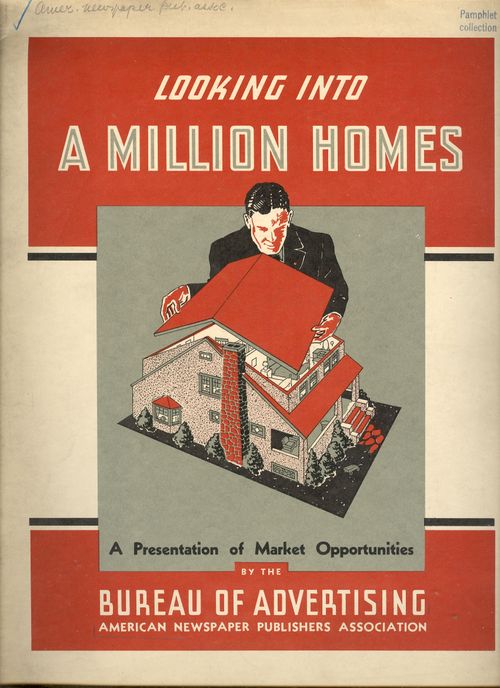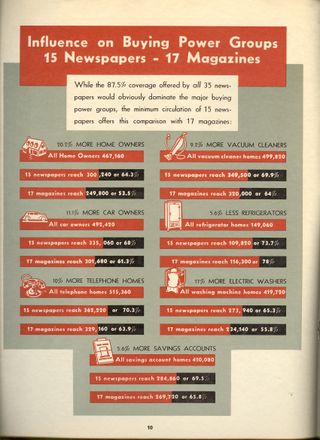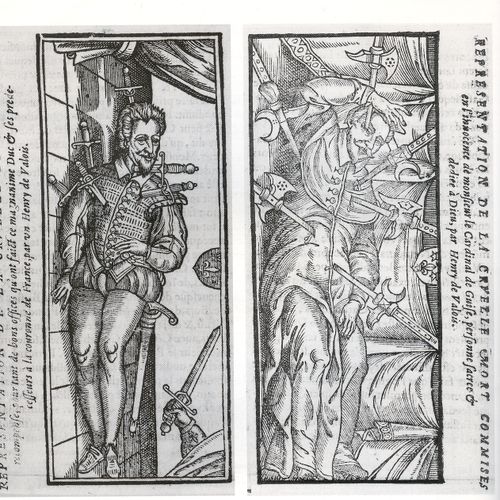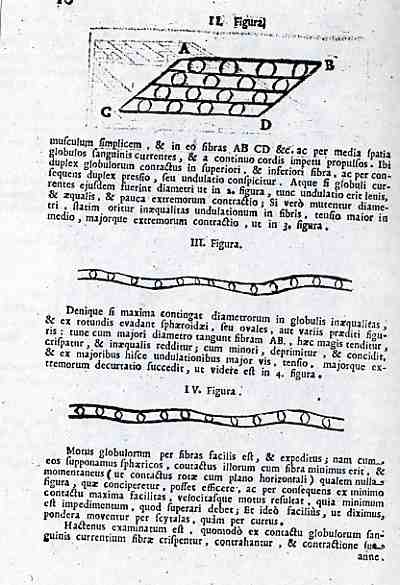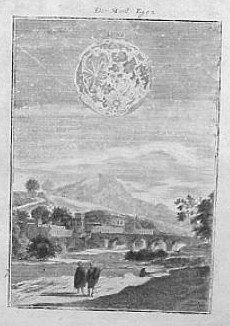JF Ptak Science Books LLC Post 519
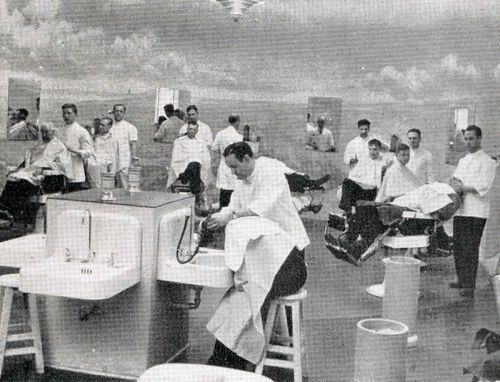 If I didn't already go to see Korean War Vet Mr. Jack for my (one) hair cut (and I really don't mean "haircut"), I think that I could tear myself away from that wonderful experience to go back into time's recent ankle-deep depths and go to this barbershop....or rather barber emporium. The location or credit wasn't given in the occupational pamphlet (The Canadian Census Classification Personal Service: Barber) in which it appeared, which is altogether too bad. I cannot recall (can you?) ever seeing such a Busby Berkeley arrangement of barber chairs, centered around a washing station, with clouds (!!) painted on the ceiling. I would half expect to see Mr. Zero Mostel (oh well, not every did well at HUAC) lead them all in a dance routine where everyone finishes up very leggy and in a pool. It may well be the case in this unnamed palace that we are seeing only half of the shop--evidence in my copy shows that there is the end of a chair in the foreground, meaning that there could be 15 chairs in there, making it one heck of a busy place, clouds on the ceiling or not. (The clouds make sense, remembering that most men in 1946 would be going in to see the barber for a shave as he would a cut or trim--and why not look at something attractive when you're on your back and someone is scraping your face with a very sharp tool? Dentists should take heed...)
If I didn't already go to see Korean War Vet Mr. Jack for my (one) hair cut (and I really don't mean "haircut"), I think that I could tear myself away from that wonderful experience to go back into time's recent ankle-deep depths and go to this barbershop....or rather barber emporium. The location or credit wasn't given in the occupational pamphlet (The Canadian Census Classification Personal Service: Barber) in which it appeared, which is altogether too bad. I cannot recall (can you?) ever seeing such a Busby Berkeley arrangement of barber chairs, centered around a washing station, with clouds (!!) painted on the ceiling. I would half expect to see Mr. Zero Mostel (oh well, not every did well at HUAC) lead them all in a dance routine where everyone finishes up very leggy and in a pool. It may well be the case in this unnamed palace that we are seeing only half of the shop--evidence in my copy shows that there is the end of a chair in the foreground, meaning that there could be 15 chairs in there, making it one heck of a busy place, clouds on the ceiling or not. (The clouds make sense, remembering that most men in 1946 would be going in to see the barber for a shave as he would a cut or trim--and why not look at something attractive when you're on your back and someone is scraping your face with a very sharp tool? Dentists should take heed...)
And while we're at it, when exactly did womens beauty salons start to appear in earnest? This pamphet states "But in 1913, when women took to "bobbed" hair, the barbers found a vast new market for their services. In the last twenty-five years however a large part of this market has been lost to the hairdressers and beauty culture speciaists, most of whom are women." That would mean that--at least in Canada--men were doing this new "bobbed" styling for their "vast" new clienetelle from 1913 to 1921. It would've been a very wide and languid hayride for barbers for those years, cutting the hair of both men and women. I can imagine the shock of the first male barber seeing the first woman-operated beauty salon swing open its no-males doors--probably there on his street--and hear that glug glug glug sound of business being drained. Bobbed hair giveth, and bobbed hair taketh away.
And now, speaking completely through my hat, I wonder about where women got their hair cut in the 19th century. My guess: they didn't go "out" to have it cut; when they did cut it, they did so at home. I cannot recall seeing any pre-WWI advertisements for hair cutting for women--as a matter of fact the overwhelming memory I have of women and hair going back into the mid 19th century is for hair care products showing women with enormously long hair adding balms and salves and lustreizers and so forth to it. I can't force a memory of an ad for anything having to do with cutting womens' hair--not even an ad for shears. Of course a very low percentage of women were in the workforce before WWI, and the women who were wealthier and could afford evening clothing could certainly afford to have someone come over and take care of their hair. Slipping back into the 18th century and slightly before, there was the issue of wigs and extenders--or whatever it was that society women would add to their hair to make it impossibly tall and full. But that was a very restrictive percentage of women enjoying that privelege, and I'm not sure that it counts for my purposes here.
My guess is that the money just wasn't there. Or it wasn't there until women sorta started to work, and there was a shortish hairstyle that was not too complicated or time consuming to cut. Again, I'm just guessing all of this out, but it does seem to make sense.
